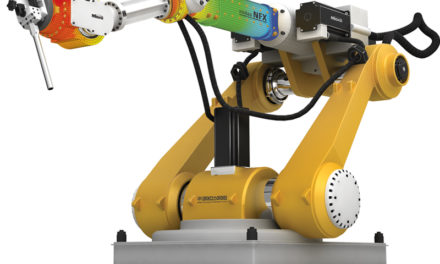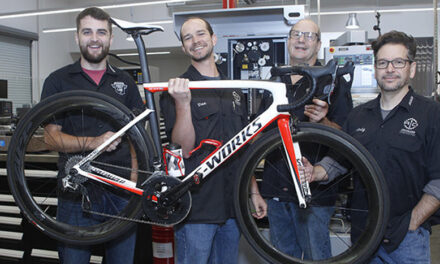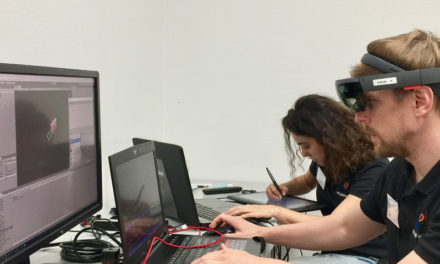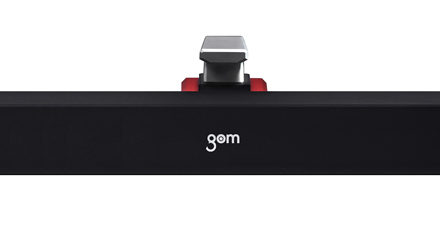
Error-free preparation of human tissue donations using Solid Edge
The Musculoskeletal Transplant Foundation (MTF) is a notfor-profit organization based in Edison, south-west of New York/USA, that for 30 years collects and prepares human tissue such as bones and tendons for
transplantation purposes. In order to provide the surgeons with optimally fitting transplants for the future recipient, MTF relies on Solid Edge from Siemens PLM Software.
This allows MTF to ensure that all specifications are fully determined before processing the actual donation. Using prototyping, a software development method with rapid results and early feedback on the functionality of the model, it is possible to avoid mistakes when creating the model transplant – mistakes which might otherwise, in the worst-case scenario, result in the donation being unable to be used. When you hear the term transplantation, you generally think of organ donation, such as for a kidney or heart. But far more widespread or more common is the transplantation of musculoskeletal tissue, that is, tissue concerning the musculature and the skeleton, such as bone, tendons and skin.
Once compatibility between the tissue donation and recipient has been ensured, the workers at MTF start to prepare the donation, for example a bone, in line with the requirements in terms of size and fit. The software is used to create 3D models and simulations of tissue donations, based on which the engineers define the machining stages. This ensures that the valuable tissue donation can ultimately be processed and adapted without error.
Transplants that are a perfect fit
The engineering at MTF begins, for example, with a call from a surgeon who needs a transplant. Thanks to the visualization layer in Solid Edge, MTF can provide the surgeon with models of the transplant – in some cases, even by producing these using 3D printing. On the design side, machining tools are developed in Solid Edge which are ultimately used in the CNC center to process the donated tissue and shape it to the specific requirements of the recipient. This has always made a demanding process for MTF if, for example, the donated bone is smaller than the transplant required. To that end, MTF has similarly
developed a method for bone assembly in Solid Edge whereby multiple bone parts are fitted together to form a single transplant piece. A further function in Solid Edge, the KeyShot plug-in, enables photo-quality renderings (sketches/models) to be created to map the mechanical tools for the CNC machining center and to create the relevant documentation to stabilize the process. The surgeons can also check the transplant structure using illustrations from KeyShot.
More than economic efficiency
In the past, it took around eight weeks for the full tool fabrication process to be run through, which was then followed by a photographic record being prepared for documentation. The two processes now run in parallel, as a result of which MTF is saving around two months in project time. For MTF, though, it is about more than just costand time-efficient fabrication. “It’s not stainless steel; it’s not aluminum; it’s not titanium. Someone has decided to be a donor in order to help other people,” says Ray Ferrara, Director of Engineering at MTF. This is why the thought of having to go to a family and tell them that they hadn’t been able to use the donation, because of a problem during prototyping, is unbearable for Ferrara. And with its wide complement of functions for design, simulation, set-up and analysis, Solid Edge is helping MTF to avoid precisely this scenario and to realize its objective: helping people. “I’ve been honored to meet donor families who lost a spouse, a brother, a sister, a child.
They say it’s so rewarding that their loved one has been able to help other people. It doesn’t lessen their loss, but they’re proud of their loved one’s legacy,” says Ferrara.






